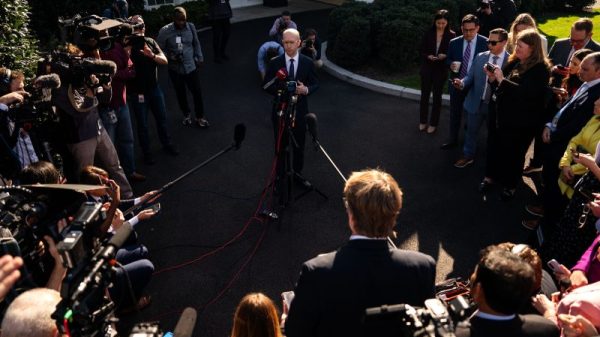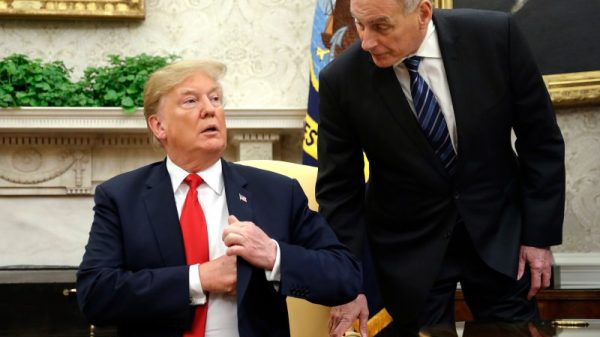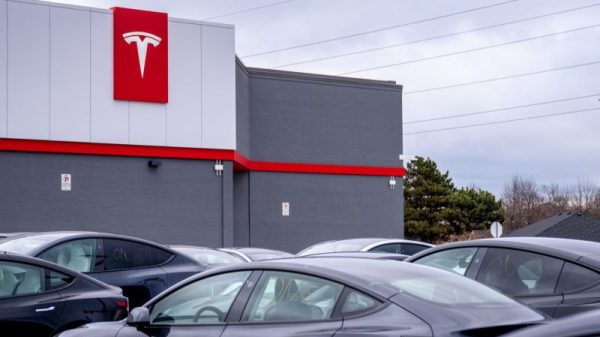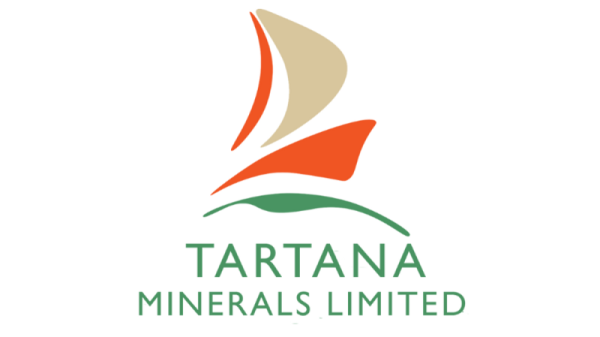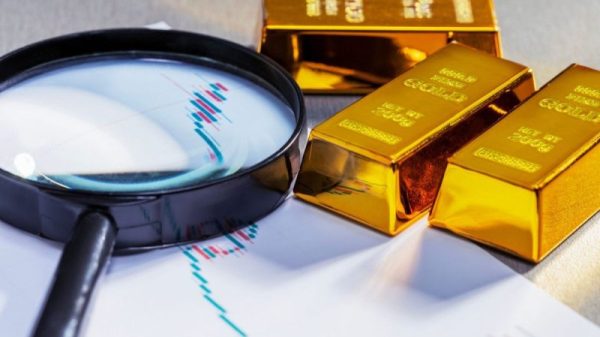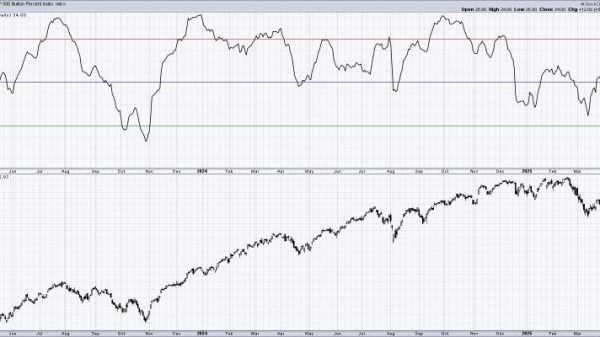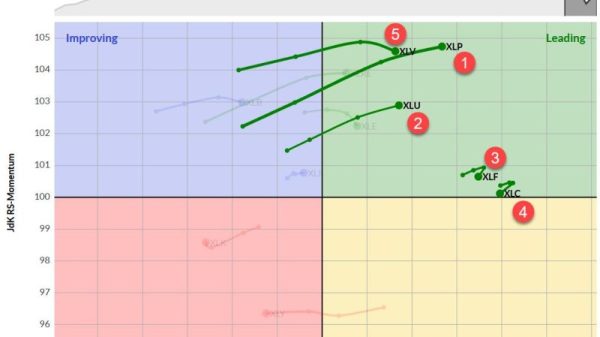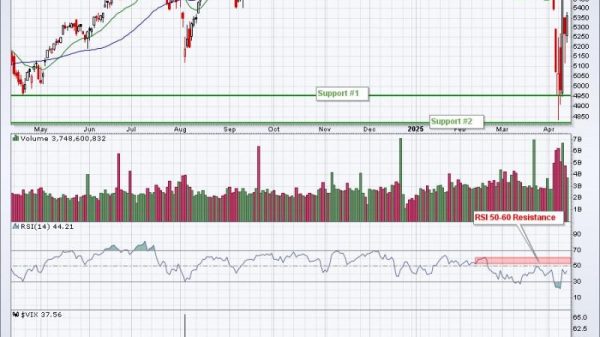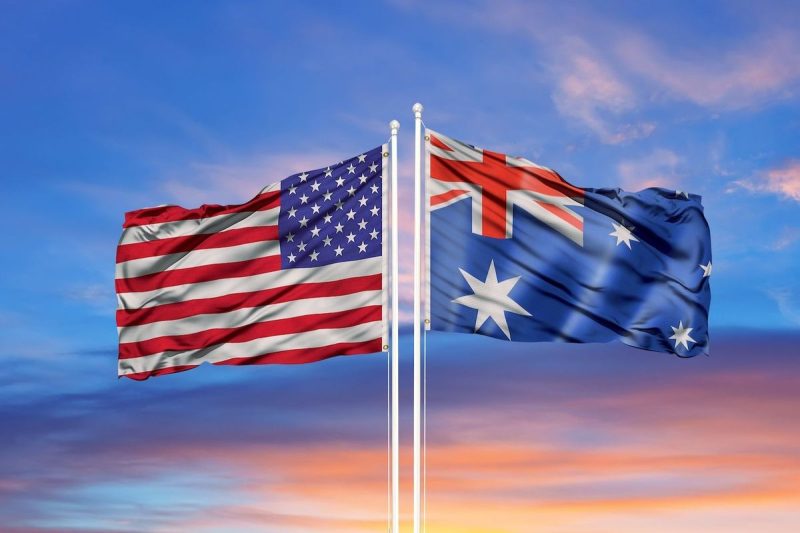Australia’s copper industry could be facing supply chain disruptions and market trade uncertainty following US President Donald Trump’s imposed 10 percent tariffs on certain goods.
While the red metal is exempted from the imposition to protect US industries reliant on imported raw materials, the tariffs have caused a shift to the copper industry in general.
Australia, a key player in the industry, forms part of the broader market experiencing significant volatility.
Over the years, Australia has been recognized as a major copper producer, ranking eighth in global production. Major reserves can be found in South Australia, Western Australia and Queensland.
On top of these deposits, copper is also extracted as a by-product in several nickel and gold mines in the country.
A study by Dr. Scott French of the University of New South Wales (UNSW) Business School said that it’s hard to predict precisely where the tariff’s impact will be greatest given complex global supply chains, “but the overall effect is going to be negative.”
Weaker prices and production
It is no secret that global trade tensions have led to weaker prices for major metals, including copper.
Prices reached a record of US$5.24 per pound towards the end of March, but quickly fell down after the tariff announcements due to fears of reduced industrial demand and global economic slowdown.
This is attributed to unsettled global markets, mainly as investors are losing confidence given the constant change in traditional trade flows.
Copper supplies are also subjected to rerouting, with approximately 100,000–150,000 tonnes redirected to the US ahead of potential tariffs.
Globally, copper smelting activity also took quite the fall. Data from geospatial intelligence company Earth-i said that inactivity capacity index rose from 3.4 percent to 14.9 percent in March.
This marks the lowest inactivity record since May 2023, with smelting activity outside China now five percent lower compared to January.
With this, Australia, among other producers, is encouraged to up its game.
“One should also keep in mind that one of the reasons Trump imposed these tariffs is to on shore, to bring manufacturing back home,” Benchmark said in a copper webinar in April. “So, it would rather see these projects in the US than in other parts of the world.”
Benchmark also believes that amid all these changes, the US is facing supply deficits for other minerals, so it may in the end need to secure from other producers such as Australia.
Import and export
US and Australian copper may not necessarily have a direct cause-and-effect relationship, but the imposition of tariffs poses major threats to Australia’s import and export relationships with other countries.
China, among the countries largely impacted by the tariffs, is a significant importer of Australian copper. Investors and companies have already seen reduced or inconsistent demand, which could lead to a slowdown in the country’s economy.
Should this slowdown result in a lesser need for raw materials, then Australian miners would potentially deal with unexpected oversupply.
Still, economists and advisors say that Australia must remain competitive.
“I can already feel the push for protective tariffs to keep out foreign products competing with domestic production. I’m very, very wary of something like that because I find that Australia has done well by having very low trade barriers,” added Dr. French of UNSW.
“We don’t want to go back to the experience from earlier decades where local manufacturing was very highly protected and very uncompetitive … “So that’s why I think maintaining competitiveness is important, and I would strongly caution against trying to enact any sort of protective tariffs to isolate the domestic market for these products.”
Copper in the next years
While copper and other essential minerals for decarbonisation are facing uncertainties at the present, the fact that they will be needed in the future has not changed.
In the Benchmark webinar, it was mentioned that a strong outlook for copper demand is highly possible over the long run.
“We’re folding in the energy transition, route to 2030, 2040 and 2050. I don’t think copper is going anywhere,” said Benchmark Head of Strategic Initiatives Mike Finch.
The Minerals Council of Australia, in a commentary on the imposition of tariffs, said that Trump’s decision is “a stark reminder of the disruptive consequences that can arise from trade volatility and economic uncertainty.”
“(While) details remain unclear, this development further reinforces the need for Australia to get the economic fundamentals right to protect and enhance our global competitiveness; to better position ourselves in times of economic uncertainty,” the council wrote.
“It also underscores the need for Australia to accelerate free trade deals and secure supply chain partnerships with like-minded economies.”
Securities Disclosure: I, Gabrielle de la Cruz, hold no direct investment interest in any company mentioned in this article.


